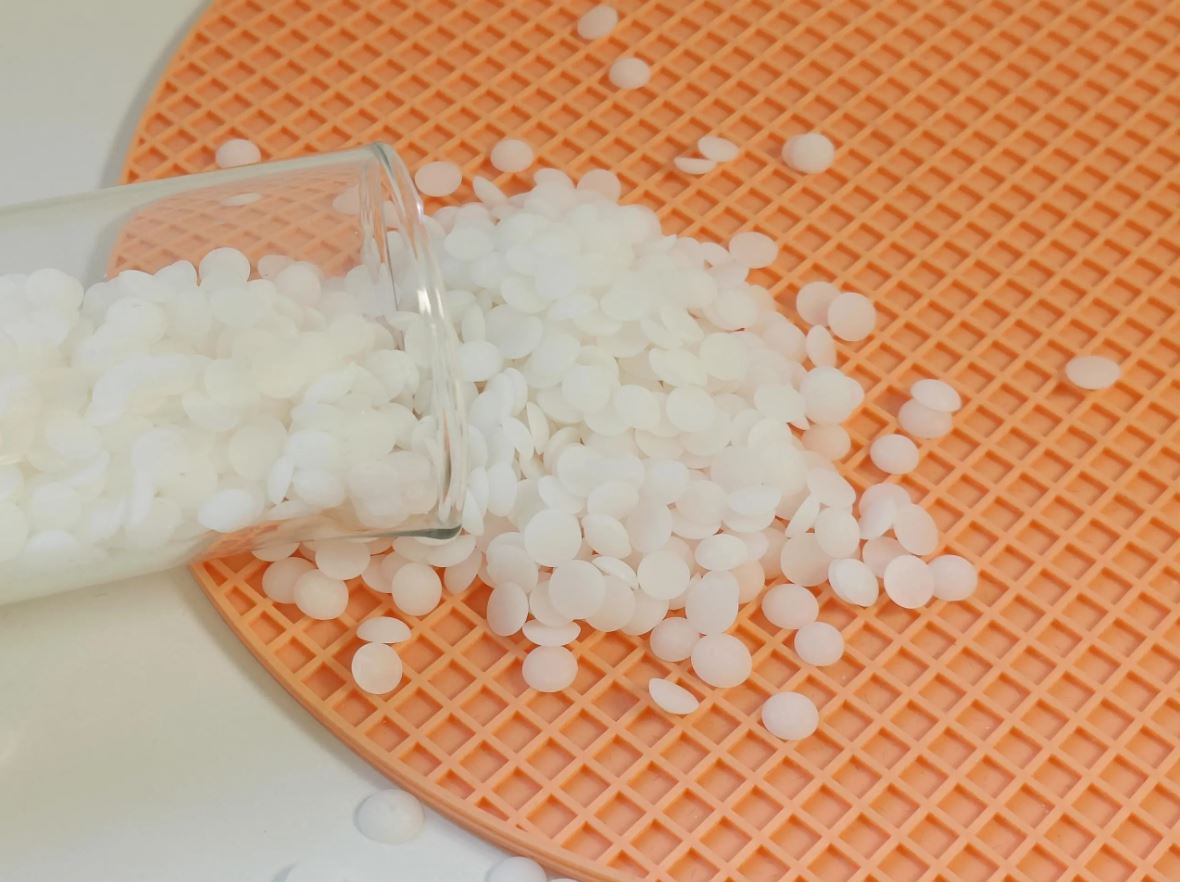 At Case Western Reserve University, researchers have developed a fluorine‐free ferroelectric polymer that could help phase out harmful materials in devices ranging from wearables to sensors. Unlike traditional plastics that rely on poly(vinylidene fluoride) (PVDF)—a notorious environmental pollutant—this new polymer offers a safer alternative without compromising on the electrical properties you need in modern electronics.
At Case Western Reserve University, researchers have developed a fluorine‐free ferroelectric polymer that could help phase out harmful materials in devices ranging from wearables to sensors. Unlike traditional plastics that rely on poly(vinylidene fluoride) (PVDF)—a notorious environmental pollutant—this new polymer offers a safer alternative without compromising on the electrical properties you need in modern electronics.
Professor Lei Zhu and the team at the Case School of Engineering are exploring innovative methods to generate electric properties in this material. As Professor Zhu explains, the process is fundamentally new: the polymer doesn’t need to crystallise to lock in the polarity that gives it its electric characteristics. This approach could simplify design and manufacturing, making it easier to produce the material as thin films or coatings for a range of applications.
Because ferroelectric materials can switch electrical charges on and off with an applied field, they are key components in many cutting-edge devices. The new polymer is not only flexible and lightweight but also sidesteps the environmental and health issues tied to toxic fluorine. Whether in infrared detectors, ultrasound equipment, or even medical sensors compatible with biological tissues, this material shows real promise for safer and more sustainable electronics.
The research is still in its early phases, with small batches being synthesised to better understand the polymer’s properties. Even after the initial U.S. Department of Energy funding concluded in 2022, the team pushed forward, driven by a clear vision of advancing electronics while minimising environmental impact. The detailed findings appear in the journal Science, and the technology is now patent pending.








